What Exactly is the DaVinci Resolve Depth Map?
Think of the Depth Map as an intelligent analysis tool. It scans your 2D footage and generates an alpha channel (a matte) based on how far it perceives objects are from the camera. It essentially creates virtual layers in a 3D space, all derived from your standard video clip.
The output is a simple black and white image:
- White Areas: These parts of the image will be affected by any subsequent grades or effects you apply after the Depth Map node.
- Black Areas: These parts remain untouched.
Why Should You Use the Depth Map?
This tool opens up a world of creative possibilities and practical fixes:
- Atmospheric Effects: Add fog or haze realistically to the background without covering your main subject.
- Targeted Adjustments: Boost contrast, saturation, or sharpness on your foreground subject without altering the background (or vice versa).
- Complex Selections: Need to isolate something tricky? The Depth Map can be combined with Resolve’s other qualifiers (like HSL or Luma) and Power Windows for intricate keys that would be a nightmare to rotoscope manually.
- Fixes: Quickly isolate areas based on depth to make targeted corrections.
Where Can You Find the Depth Map?
This isn’t confined to just one part of Resolve! You can leverage the power of the Depth Map on both the Color Page and the Fusion Page.
Getting Started: Depth Map on the Color Page
Here’s a quick rundown of how I typically start using it on the Color Page:
- Add the Effect: Create a new Corrector Node and search for “Depth Map” in the Effects panel. Drag it onto the node.
- Preview the Map: By default, the Depth Map Preview is usually on, showing you the black and white matte.
- Adjust the Range: Use the Near Limit (white point) and Far Limit (black point) sliders to define the overall depth range you want to work with. The Gamma slider adjusts the midtones.
- Invert if Needed: Click Invert if you need to select the opposite depth range.
- Isolate a Slice: To select a specific depth area, enable Isolation. Use Target Depth (1=foreground, 0=background) to pick your focus point, Tolerance to set the range around it, and Softness for a smoother fall-off.
- Adjust Quality: Depth Map can be GPU-intensive. Use the Quality dropdown (Faster for tweaking, Better for final output) for better performance.
- Use the Map: Crucially, uncheck Depth Map Preview once your matte looks correct. To ensure your corrections use the map, right-click the node, go to Use Aux Channel, and make sure Enabled is checked (it often is by default).
- Pipe the Alpha: You can also pipe the alpha output (the matte) from this node to other nodes for more complex grading structures.
Getting Started: Depth Map on the Fusion Page
The process is similar in Fusion:
- Add the Node: Hit Shift+Spacebar and search for “Depth Map”. Add the node to your tree.
- View and Adjust: View the Depth Map node. You’ll find similar controls: Near Limit, Far Limit, Isolation, Target Depth, etc. Adjust these to create your desired matte.
- Use the Output: Pipe the output of the Depth Map node into the mask input of other Fusion nodes (like a Color Corrector, Blur, etc.).
- Enable Alpha Output: Make sure Depth Map Preview is disabled on the node; this allows it to output the alpha channel correctly to be used as a mask.
The Magic Behind the Map: AI Analysis
How does it create such detailed mattes, even with complex shapes like hair or intricate backgrounds? The Depth Map uses AI analysis to infer spatial depth from the image content. It understands scene geometry, allowing it to generate selections based on calculated distance, not just pixel color or brightness. This is what makes it so powerful for tasks that would traditionally require painstaking manual work.
Think about isolating a person wearing a furry coat against a busy background – the Depth Map can handle details like fine hair strands far better than traditional keyers alone.



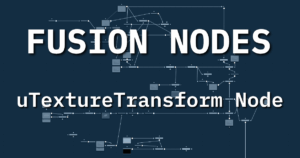
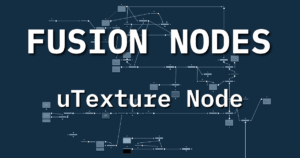
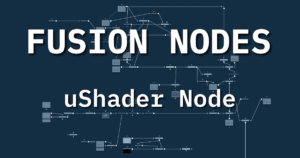
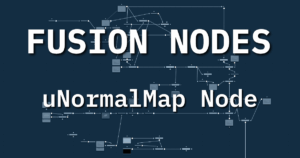

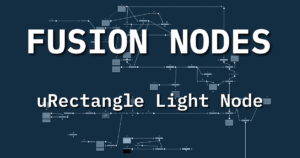

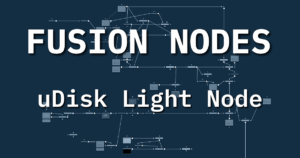
Start the discussion at postprolist.com